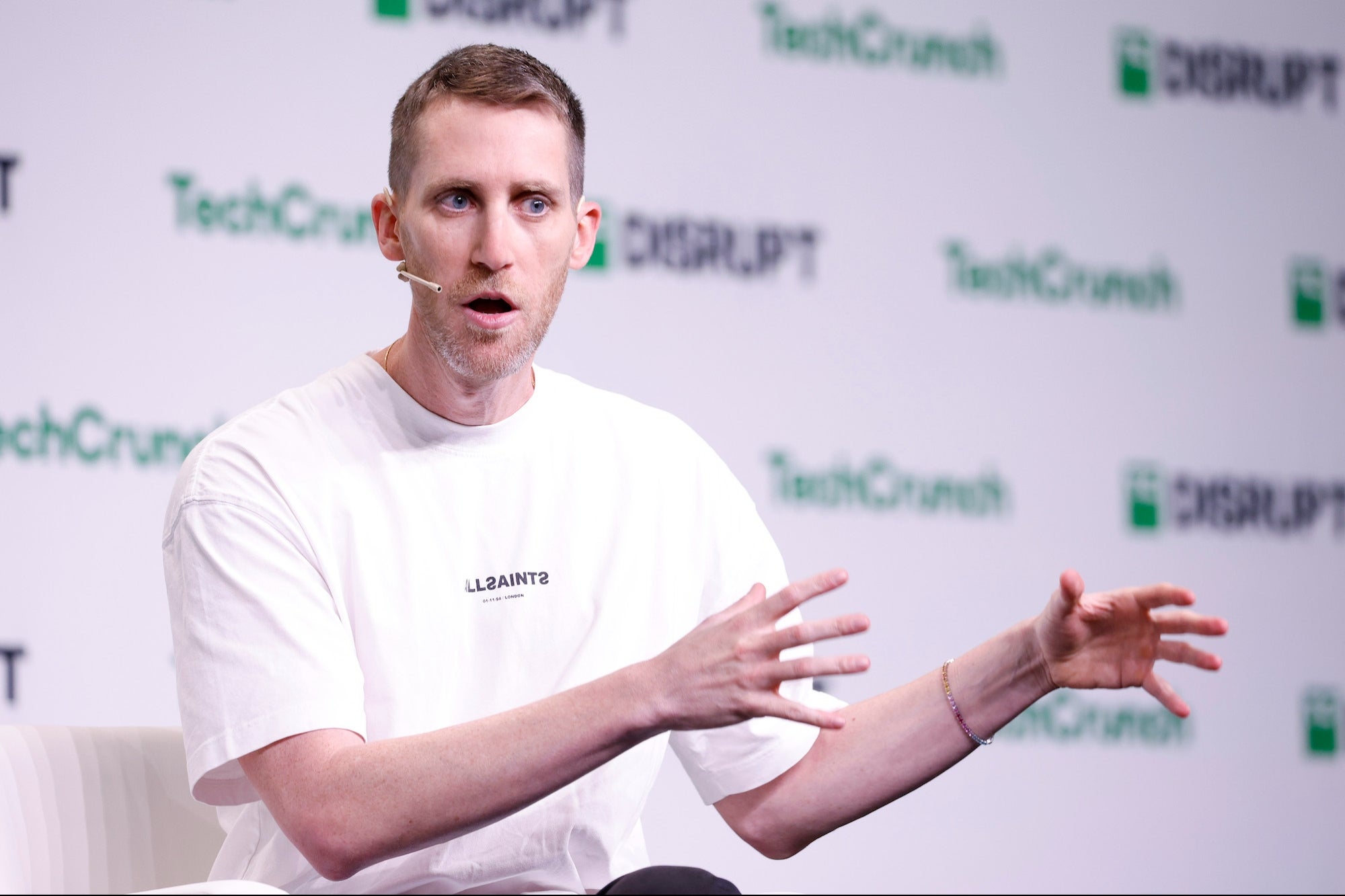These 5 Economic Trends Will Drive Consumer Spending in 2024 Consumers have been spending like there's no tomorrow — but has tomorrow finally arrived?
By Daniel Altman Edited by Kara McIntyre
Key Takeaways
- Consumers are slowing down on spending on material goods, but focusing more on services. They will also pull back on bigger purchases.
- Even when the Federal Reserve cuts rates, there won't be a boost to spending.
- With a high level of economic uncertainty, inflation and a lack of raises being implemented, income growth will slow which will in turn affect consumer spending.
Opinions expressed by Entrepreneur contributors are their own.
Spring is just around the corner, promising a thaw not just in the weather but also in household spending. Consumers will be leaving their homes again to enjoy baseball games, soccer matches and other outdoor events, as well as conventions and corporate meetings. In the past few years, consumers were able to fund their exploits by drawing on trillions of dollars in savings that built up during the Covid-19 pandemic. But what about this year?
1. The spending bonanza is about to run its course
According to economists at the Federal Reserve Bank of San Francisco, households saved about $2.1 trillion more than usual during the pandemic. Because people were confined mainly to their homes, they simply didn't spend as much money. When the economy started to open up in 2021 and 2022, consumers started spending this money with a vengeance — in some cases literally.
Now, however, only a fraction of this money is left. The same economists have written that only about $200 million in extra savings remained at the end of last year, and they expect it to disappear in the first half of 2024.
This means consumers may have one more big spring season left in them for travel, leisure and entertainment, as well as all the other goods and services that are typically in demand, from hot dogs to wedding rings. After this spring, however, consumers are unlikely to feel as flush.
Related: Where Will the Economy Go Next? What to Watch For in 2024
2. The balance of spending is still shifting back toward services
For decades, consumers have been shifting their spending away from goods and toward services. Prices for goods have come down in relative terms, travel has become more popular, housing has become more expensive and the arrivals of the internet, mobile phones and fiber-optic connections have greatly expanded the services available to consumers.
But this long-term trend stunningly reversed during the pandemic. In February 2020, consumers spent about 31% of their dollars on goods. By March 2021, this share had risen to 35%, the highest share since 2006. And now, with prices for goods basically flat, half of the change has disappeared. Over the next few years, it's likely that the long-term trend will resume.
3. Consumers will pull back on big purchases
When consumers could draw on big pools of savings, it was easier for them to buy expensive goods and services ranging from new smartphones to Taylor Swift tickets. Without this extra liquidity, the big-ticket items will not be as accessible. Consumers will be more likely to smooth out their spending via smaller purchases.
The change will be especially notable for items that are harder to finance, like cars where dealers insist on downpayments in cash. With time, interest rates on credit cards, car loans and the like will come down in parallel with the Fed's cuts. Yet this process is likely to take many months, and consumers may postpone big purchases in anticipation.
4. There won't be a big boost to spending when the Federal Reserve cuts rates
For months, executives and investors have been waiting for the Fed to cut short-term interest rates — and many have assumed that there will be six or seven quarter-point cuts this year. But Fed officials have maintained their intention to cut three times, and recent data on inflation could make them even more cautious.
Stock prices aren't likely to rise much higher when cuts begin, so there won't be a lot of newfound wealth to propel spending. Wall Street bonuses, which can drive markets for luxury goods and services, were also disappointing this year. If anything, uncertainty about the elections in November is likely to keep the markets — and investors' exuberance — on hold.
5. Caution in the labor market could also be a drag on spending
With the unemployment rate still below 4% and a high level of economic uncertainty, companies have become reluctant to make all but the most essential hires. Raises are also likely to be small alongside slowing inflation. This could restrain income growth, which will in turn affect spending.
Businesses that do need labor — like the stadiums that will fill in the spring — are relying increasingly on temporary workers. And even companies that might have been looking for permanent employees are turning instead to flexible workers on long-term assignments. They're easier to find and hire, and they don't require the same level of commitment. To the extent that full-time jobs are replaced by these fractional jobs as a result of economic uncertainty, consumers' spending may be lower.
In the short term, we may see one more bonanza for consumer-facing businesses, especially in the service sector — and we expect them to hire proportionally. In the second half of the year, the picture becomes cloudier. But unlike the forces unleashed by the pandemic, none of the other trends is entirely unprecedented. So the best course of action for business leaders is to consider how trends like these have affected revenue in the past, and then project what they might do to revenue in the future.










